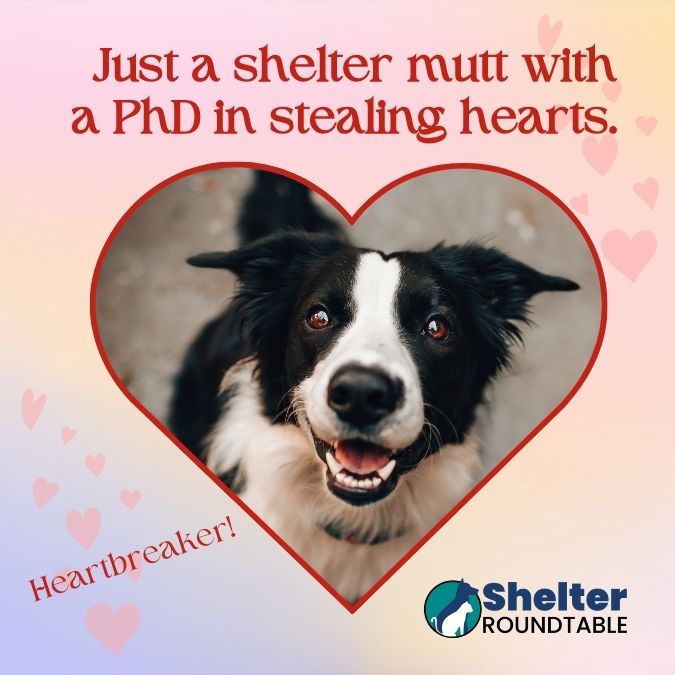Should Images be Watermarked?
Deciding whether to watermark images provided by photographers involves balancing various factors. Here are some considerations:
Pros of Watermarking Images:
- Brand Recognition: Watermarks can help build brand recognition for both the photographer and the shelter. They act as credit, which can help the photographer gain more exposure and potentially attract more clients.
- Protection Against Misuse: Watermarks serve as a deterrent against unauthorized use of the images. This is particularly important in a time where photos can be easily copied and used without permission.
Cons of Watermarking Images:
- Visual Distraction: Watermarks can sometimes be distracting, especially if they are large or poorly placed. This can detract from the emotional impact of the image.
- Aesthetic Impact: For some viewers, watermarks reduce the effectiveness of the images in promotional materials.
Best Practices:
- If choosing to watermark, do it subtly: The watermark should be small and placed in a corner or an area that does not distract from the main subject of the image.
- Use of Agreement: Terms about watermarking should be included in the agreement. You can negotiate the placement, size, and opacity of the watermark so it meets both parties’ needs.
- Alternative Credits: Consider other ways to credit the photographer, such as including their name or studio in the caption, description, or alongside the image in print and online materials. This can provide credit where due without altering the image.
Ultimately, the decision to watermark images should be made collaboratively.
Promotional Content Ideas
Here are some creative ways to use photography:
- Social Media Campaigns: Use high-quality images in social media posts to increase engagement and shares.
- Example: Launch a weekly feature like “Pet of the Week” using striking portraits that tell a story about each animal’s personality and background.
- Art and Photo Exhibitions: Organize exhibitions featuring photographs of adoptable pets.
- Example: Collaborate with local galleries or community spaces to host these events, which can also serve as adoption drives and fundraising events. Photographers can gain exposure and potentially sell their artwork, with proceeds benefiting both the artist and the shelter.
- Viral Content Creation: Develop creative campaigns that are likely to go viral.
- Example: Create themed photo series, such as pets in seasonal settings or engaging in activities, and encourage followers to share and participate in online challenges. These campaigns offer photographers a platform to experiment creatively and reach a large audience.
Know someone who is a shutterbug? See if they are willing to work with your shelter in a one-time or continual basis. It can help you both!









0 Comments